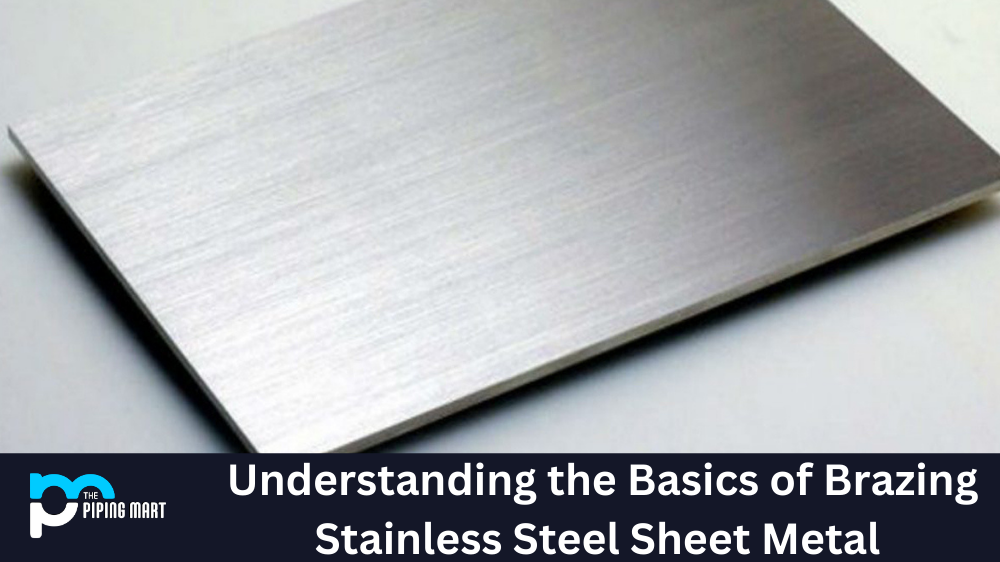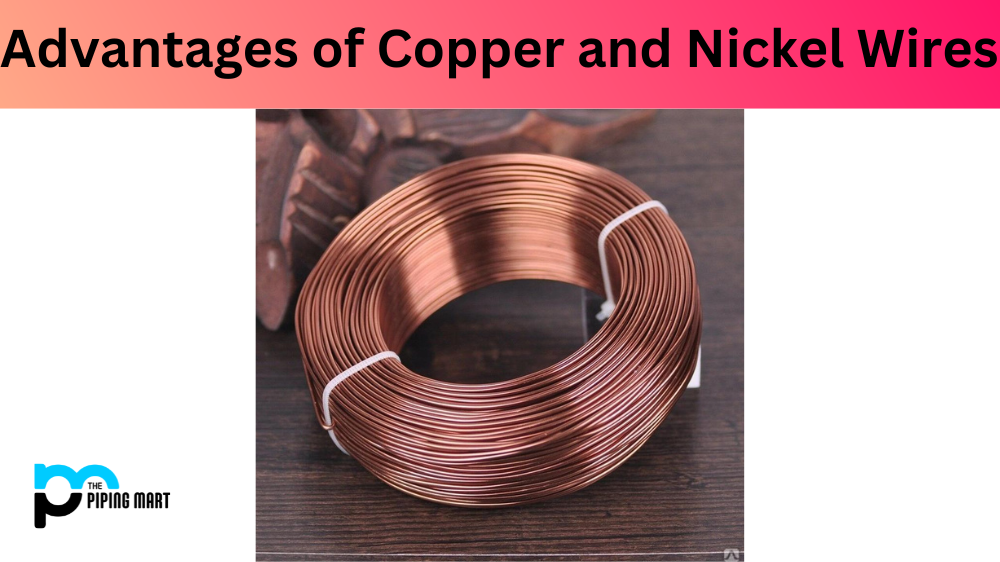TIG welding stainless steel is a great way to join metals together. It’s a precise, reliable, and cost-effective welding method and can be used for industrial and commercial projects. In this blog post, we’ll outline the basics of DC TIG welding stainless steel so you can confidently start your next project.
DC TIG Welding Basics
TIG welding stands for “tungsten inert gas” welding and is one of the most common arc welding processes. It uses a non-consumable tungsten electrode to strike an arc between the base metal and the filler rod. The heat from this arc melts the base metal and the filler rod simultaneously, allowing them to combine into one seamless joint.
When it comes to DC TIG welding stainless steel, you should keep some important considerations in mind. First, you need to use an appropriate size tungsten electrode—generally 1/16″ or 3/32″. The type of tungsten material also matters; thoriated tungsten electrodes work well on stainless steel because they produce less contamination than other materials like created or lanthanated tungsten electrodes.
It would help if you also thought about amperage when setting up your DC TIG welder; too low an amperage will result in cold welds that aren’t properly fused, while too high an amperage could potentially burn through your workpiece. Generally speaking, for thin pieces like sheet metal or pipe wall thicknesses under 0.25″, it’s best to start at around 70 amps and then adjust if needed based on how fast your weld pool is forming. For thicker pieces like pipe wall thicknesses over 0.5″, you’ll likely need more power—around 100 amps or higher depending on the piece size.
Conclusion:
As you can see, DC TIG welding stainless steel requires thoughtful planning and execution to achieve successful results. But by following these guidelines and setting up your equipment correctly, you can rest assured that your next project will be a success! With practice and patience, anyone can become proficient in this welding process, so get out there and give it a try! Good luck!
Sakshee is a talented blogger, with a particular focus on the Business and Metal Industry. She is passionate about sharing her insights on various metal products and helping professionals to make a better decisions.




